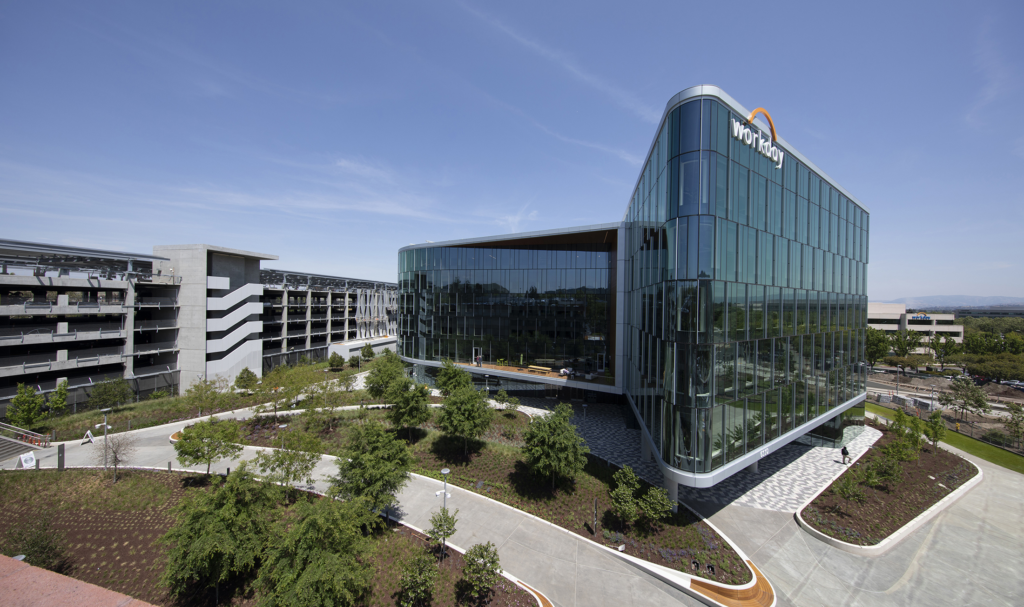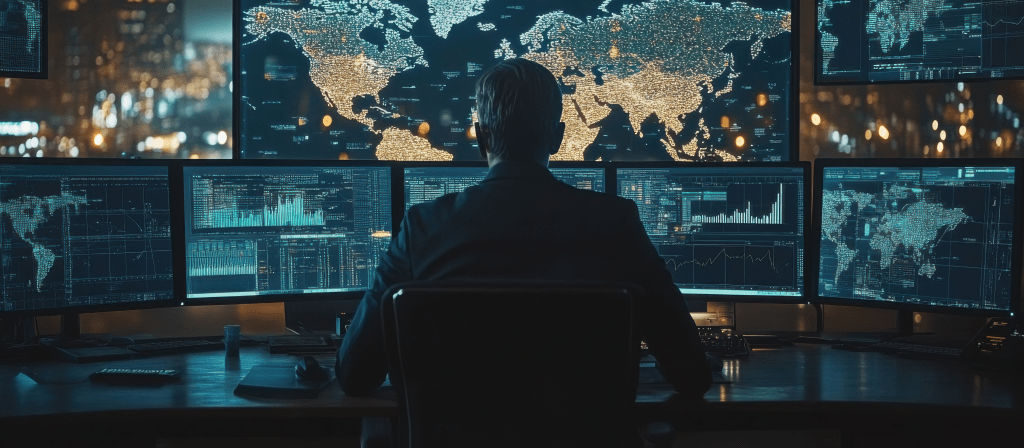A couple of months ago, I did the math. I’ve been in the cybersecurity industry for roughly 10,000 days — a milestone that sounds immense until you realize how quickly the days turn into decades. This reflection inspired me to look back at the journey, not just for myself, but for our entire industry. While the core threats we face — malware, denial-of-service, meddler-in-the-middle attacks — remain stubbornly familiar, the landscape around them has been completely terraformed. What has changed is the speed, scale, and sophistication of our adversaries; the evolution of our role as defenders; and the strategic imperative to change how we think about security itself. Tough lessons, but a foundational experience My own journey began with an unintentional act of campus-wide chaos. In the mid-90s, as a computer science student at Purdue, I was given an assignment on interprocess communication. The goal was to write a program that could self-replicate across different processes. I became so engrossed in the challenge that I decided to take it a step further: What if I could make it replicate across multiple machines on the network? In what I thought was a moment of cleverness, I created a program that did just that. It wasn’t malicious; it didn’t steal data or delete files. As a learning experiment, I even added a harmless pop-up message — “Hello, Earthlings” — to confirm it had been executed. You can probably guess what happened next. The program began propagating across almost every computer lab on campus. Machines crashed under the unexpected load, and within hours, the IT department had to shut down the entire network. After I confessed, the university, to its great credit, didn’t punish me. Instead, they worked with me to build a kill switch and understand the vulnerability. That experience was foundational. It taught me that just because you can do something, it doesn’t mean you should do it. More importantly, it taught me the critical need for guardrails, for control, and for having a good set of brakes when you’re moving fast. It’s a lesson that developers, even 10,000 days later, are still learning as we work to embed security into the beginning of the development lifecycle, instead of treating it as a speed bump on the road to innovation. The CISO: From technical operator to business executive When I began my career, there was no such thing as a CISO. We were security managers, focused almost exclusively on the network and the endpoint. Today, the CISO has become a cornerstone of digital transformation, a shift that accelerated dramatically post-COVID when the business turned to us first to enable secure, remote work. The modern CISO can no longer be just a technologist whose knee-jerk reaction is to buy the latest and greatest tool. I’ve seen the most successful leaders evolve across four key areas: Strategic shift: They’ve moved from being a technical operator to a business executive, capable of having board-level conversations and quantifying risk in business terms. Scope expansion: Their focus has expanded beyond the organization’s walls to include third-party risk management, privacy, and compliance integration. They understand that you are only as strong as your weakest supplier. Investment optimization: They are the gurus of the budget, focused on ROI measurement and technology portfolio optimization rather than simply acquiring new products. Leadership and crisis management: The best CISOs I know are cross-functional workhorses. They can speak the language of DevOps, finance, and legal, championing security across the enterprise. They are also experts in crisis management, drilled and ready for the inevitable incident. This isn’t just consolidation, it’s platformization For years, organizations have tried to solve the problem of complexity by stitching together dozens of best-of-breed products. I saw this firsthand in my previous roles. The intention was to create a “platform,” but the reality was a tangled mess of disparate tools that failed to integrate on a policy, control, or visibility level. It didn’t work because it mirrored the problem instead of solving it. When our CEO, Nikesh Arora, coined the term “platformization,” it crystallized a concept that the industry desperately needed. This type of platformization doesn’t just mean consolidation; consolidation is merely one of its many outcomes. A true platform approach is about streamlining operations through a single, natively integrated system. It’s about leveraging the same rich, accurate, and comprehensive data across your entire security posture to deliver better outcomes. The benefits are clear: Unified security and operational efficiency: You eliminate the complexity of managing dozens of vendors and siloed tools. Superior analytics: You gain correlated insights from machine learning that is trained on a complete dataset, enabling predictive capabilities that can anticipate and prevent threats. Demonstrable business impact: You can show the board faster response times, reduced vendor overhead, and simplified compliance, proving that security is a business enabler, not a cost center. The next 10,000 days Predicting the future is impossible, but I can tell you what the CISO of tomorrow — or perhaps the Chief AI Security Officer — will need. That’s a flexible mindset. The future of the SOC should be 100% automated. We are already seeing the emergence of personal AI agents that can manage our calendars and communications; it’s not a stretch to imagine one dedicated to our personal security. Ultimately, whether used by attackers or defenders, AI is only as effective as the data it’s trained on. That is the fundamental truth. To stay ahead, we must have the best, richest, and most accurate cybersecurity data to power our defensive AI models. To future-proof our strategies, we must foster a culture of security awareness where every employee plays a role. Any digital transformation initiative that doesn’t have cybersecurity embedded as its first step is destined to fail. From that panicked night in a Purdue computer lab to today’s boardrooms, the core lesson remains the same: Building without brakes is far from innovation, but rather an accident waiting to happen. The challenge for the next 10,000 days is to build with resilience












